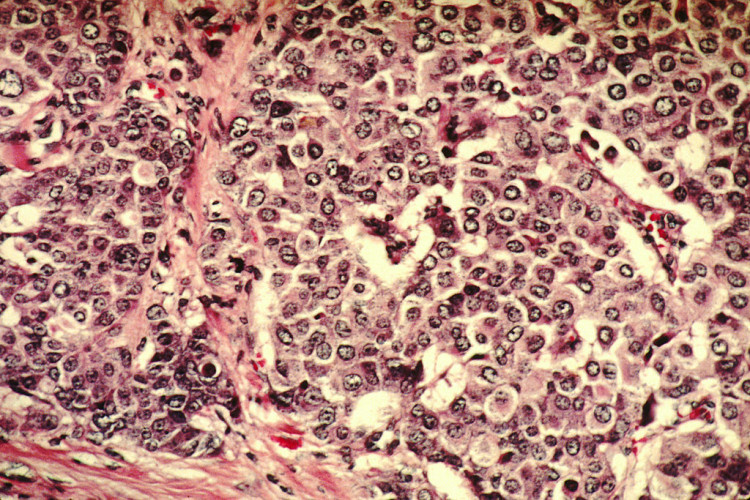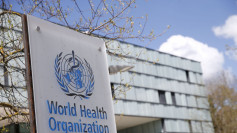Scientists developed a so-called "universal cancer test" that can detect traces of the disease in the bloodstream of a patient. The test uses a color-changing fluid to identify the presence of malignant cells anywhere in the body, providing results in 10 minutes.
The test's sensitivity is about 90 percent, which means it could detect 90 in 100 cancer cases, with only 10 percent of chance producing false positive results. Researchers said the test could be used as an initial check for cancers wherein doctors could follow up positive results.
Laura Carrascosa, a researcher at the University of Queensland in Australia, said the advantage of the test is that it's cheap and simple and it can be adopted in clinics easily. She said the test could serve as a screening tool to inform doctors that cancer is present in the patient's body, and then a subsequent test is required using other methods to identify the stage and type of cancer.
The research team in Queensland discovered that the cancer DNA and normal DNA stick to metal surfaces differently. This finding leads them to develop a test that could recognize between cancerous cells and healthy cells, even from tiny DNA traces that find their way into the bloodstream, the South China Morning reported.
Healthy cells always make sure they are functioning properly by patterning their DNA with molecules known as methyl groups. They are silencing genes that aren't needed and turn up others that are. In cancer cells, however, this particular pattern is being hijacked, and only the genes that help cancer grows are switched on.
The team conducted a series of tests that can confirm the pattern of methyl groups in lymphoma, colorectal, prostate, and breast cancer. They were able to identify that the pattern creates a huge impact on the DNA's chemistry, leading the healthy and cancerous cells to behave differently in the water.
In newly developed "universal cancer test," the suspect DNA has been added to the water containing tiny gold nanoparticles. Although it is made of gold, the particles turn the water pink. When the DNA from cancers cells was added, the water retains its color. But, when the DNA from healthy cells was added, the particles behave differently turning the water blue.
Carrascosa said the sensitivity of the test is considerably enough in detecting very low levels of cancer DNA in the sample. Now, they are working on other clinical trials involving patients who have a broader range of cancer types.
Matt Trau, the lead author of the study and a professor of chemistry at the University of Queensland, said they conducted the test on 200 human cancer samples and healthy DNA, so they aren't sure yet if this is the "holy grail" for all cancer diagnostics. But considering the results, he noted it could be helpful in detecting cancer easily, rather than conducting invasive procedures.






